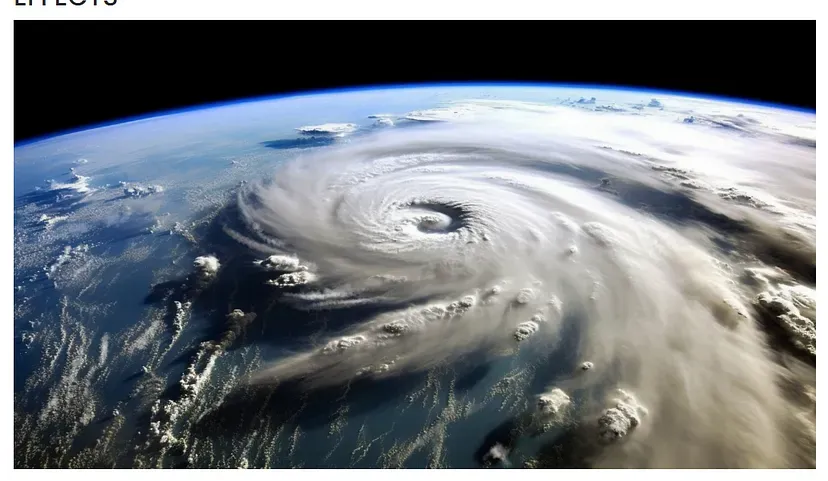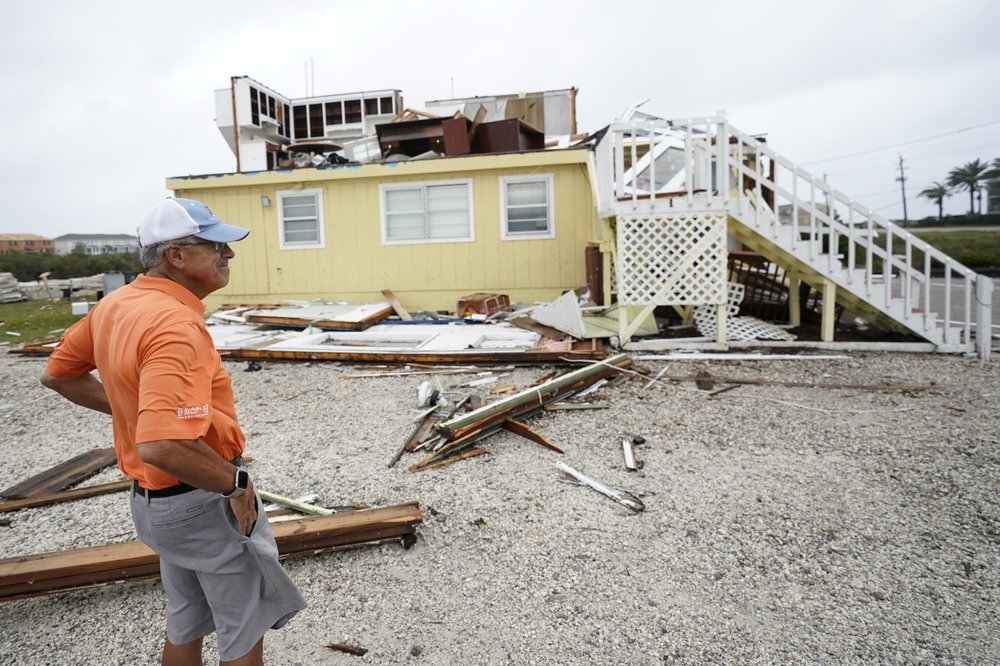Unleashing the Fury of Bomb Cyclones- A Deep Dive into the Phenomenon

A bomb cyclone, a term coined by meteorologists, refers to a rapid and intense drop in atmospheric pressure, resulting in a powerful winter storm. This phenomenon has garnered significant attention in recent years due to its potential to bring catastrophic consequences.
What is a Bomb Cyclone?
A bomb cyclone occurs when there is a rapid drop in atmospheric pressure, typically 24 millibars or more within 24 hours. This drastic change in pressure leads to the formation of a powerful low-pressure system, which can bring heavy snowfall, strong winds, and coastal flooding.
Formation of a Bomb Cyclone
The formation of a bomb cyclone is a complex process, involving the interaction of atmospheric and oceanic conditions. It typically occurs when a cold front collides with a warm front, resulting in a rapid drop in pressure. The clash of these two fronts creates a perfect storm, leading to the intensification of the low-pressure system.
Characteristics of a Bomb Cyclone
Bomb cyclones are known for their intense winds, heavy snowfall, and coastal flooding. The strong winds can lead to power outages, property damage, and disrupted transportation. The heavy snowfall can result in blizzard conditions, making it difficult for people to venture outdoors.
Impact of Bomb Cyclones
Bomb cyclones can have a significant impact on daily life, from disrupting transportation to causing power outages. The economic impact can also be substantial, with estimated losses running into millions of dollars.
Recent Examples of Bomb Cyclones
One of the most notable examples of a bomb cyclone was the January 2018 bomb cyclone that hit the East Coast of the United States. The storm brought heavy snowfall, strong winds, and coastal flooding, resulting in 17 deaths and estimated losses of over $1.6 billion.
Conclusion: The Power of Bomb Cyclones
In conclusion, bomb cyclones are powerful winter storms that can bring catastrophic consequences. Understanding the formation and characteristics of these storms is crucial for predicting and preparing for their impact. As the frequency and intensity of bomb cyclones continue to increase, it is essential to stay informed and take necessary precautions to ensure safety.













Comments ()